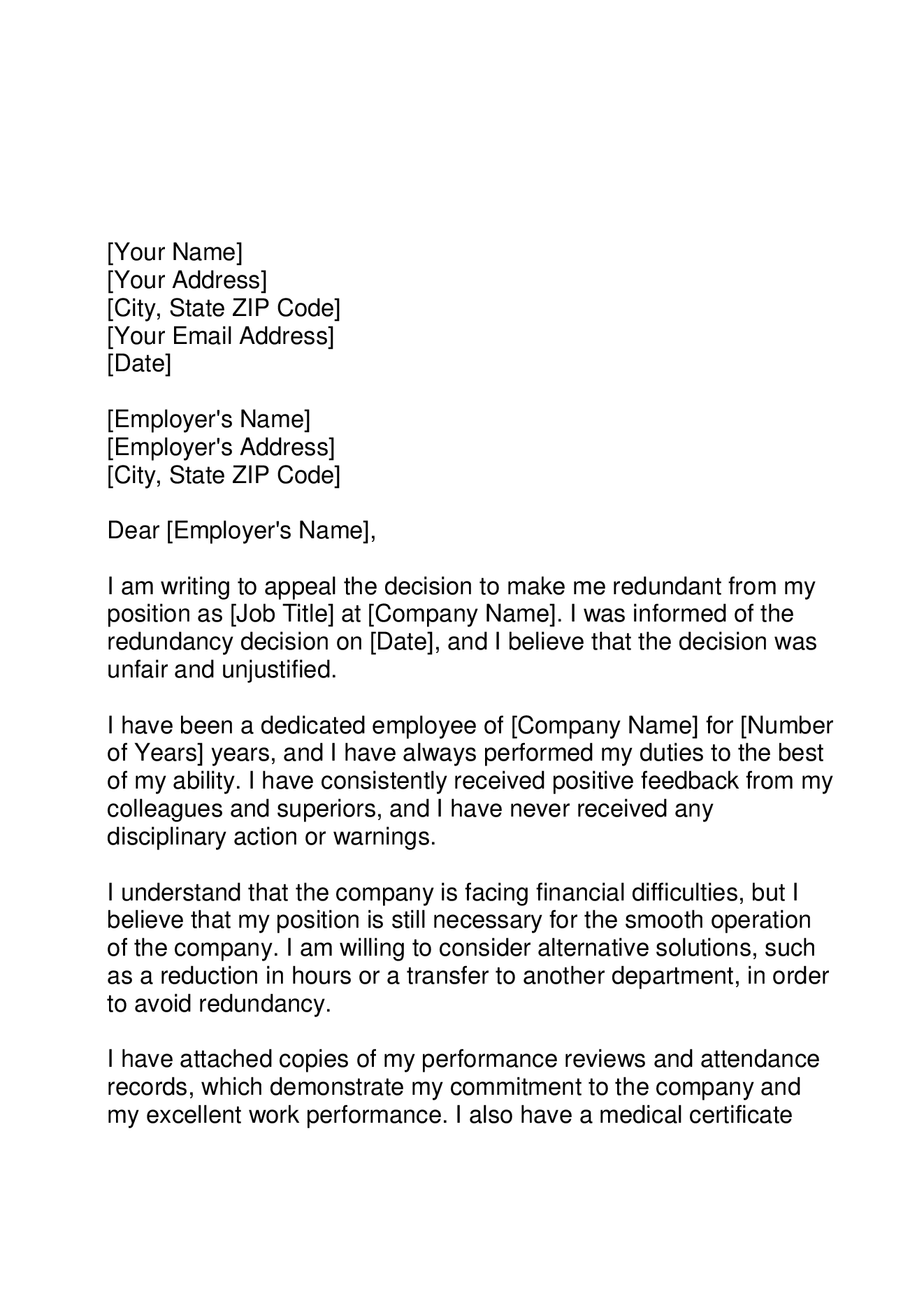If a Company Goes Bust Who Pays Redundancy? Lawful Insights for UK Worker
If a Company Goes Bust Who Pays Redundancy? Lawful Insights for UK Worker
Blog Article
Discovering the Operational Characteristics of Business Redundancy and Its Long-Term Sustainability

Redundancy Methods for Company Continuity
In order to make certain continuous operations, businesses need to carry out reliable redundancy approaches for service connection. Redundancy in this context refers to the replication of important parts or features within a system to alleviate the impact of potential failings. By integrating redundancy methods, organizations can improve their durability against interruptions brought on by various elements such as natural calamities, equipment failings, or cyber-attacks.
One typical redundancy technique is the application of backup systems and data storage remedies. This includes producing duplicates of necessary information and systems that can be turned on in situation of a main system failure. In addition, organizations can develop repetitive interaction channels and source of power to preserve connectivity and procedures throughout unanticipated events.
In addition, cross-training employees to execute several roles within the business can act as a valuable redundancy approach. This guarantees that vital tasks can still be executed even if crucial personnel are not available because of illness or other reasons. Overall, effective redundancy techniques are important for companies to maintain functional continuity and minimize the effect of possible interruptions.
Influence of Redundancy on Organizational Durability
Offered the vital role redundancy strategies play in making certain business connection, checking out the influence of redundancy on business strength comes to be vital for recognizing the all natural functional characteristics of a firm. Organizational strength refers to an entity's capacity to adapt to interruptions, recover from setbacks, and transform when needed while keeping core functions. Redundancy, when purposefully executed, can considerably contribute to improving a company's resilience despite unexpected obstacles. By having backup systems, personnel, or procedures in location, business can better stand up to shocks and proceed procedures with minimal interruption.
Furthermore, redundancy can foster advancement and imagination within a company as workers really feel encouraged to take computed risks, understanding that there is a security internet to sustain them in instance of failure. Overall, the impact of redundancy on organizational durability is profound, forming the long-term sustainability and success of a company.
Balancing Efficiency and Adaptability in Redundancy
Attaining an unified equilibrium in between functional performance and flexible adaptability is a pivotal obstacle in the calculated release of redundancy within companies. Reliable procedures are crucial for preserving productivity and cost-effectiveness, guaranteeing that sources are utilized efficiently. However, too much emphasis on performance alone can bring about rigidity, making it tough for organizations to adjust to unpredicted modifications or obstacles. On the other hand, versatility allows companies to react nimbly to evolving scenarios, cultivating innovation and resilience. Yet, excessive flexibility without a solid functional structure can result in inefficiencies and disparity.
To balance efficiency and flexibility in redundancy planning, organizations need to very carefully assess their operational requirements, market dynamics, and strategic objectives. Executing lean methods can boost performance by streamlining procedures and removing waste, while cultivating a culture of versatility and constant enhancement can boost flexibility. Furthermore, spending in cross-training programs and durable interaction channels can assist grow a functional labor force capable of handling varied tasks during periods of transition. Eventually, finding the appropriate equilibrium in between performance and adaptability is essential for constructing a durable and lasting company in the face of unpredictability.
Long-Term Sustainability With Redundancy Preparation
To make certain long-lasting practicality and stability, companies need to purposefully align their redundancy planning with long-term sustainability goals, thereby harmonizing operational efficiency with flexible flexibility. Long-term sustainability through redundancy planning entails more than just short-term cost-cutting steps. It calls small business closing employee rights uk for a thorough tactical method that prepares for future obstacles and chances. Companies must see redundancy not as a reactive option to immediate issues yet as a proactive method for long-lasting success. By incorporating redundancy preparation with sustainability objectives, organizations can develop a durable framework that can stand up to different market changes and internal changes.

Aggressive Procedures for Lasting Company Operations
How can companies proactively enhance their functional sustainability for lasting success? Executing aggressive steps is vital for firms aiming to make sure lasting procedures. One crucial approach is to buy modern technology and technology to improve procedures, decrease waste, and remain competitive out there. Taking on sustainable techniques such as lowering power consumption, decreasing carbon footprint, and maximizing source usage can not only profit the setting yet likewise lead to cost savings over time.
Moreover, fostering a society of continuous enhancement and knowing within the organization can improve flexibility to changing market conditions and customer demands. Motivating worker involvement in decision-making procedures and offering possibilities for professional advancement can enhance morale, performance, and total efficiency. Developing clear objectives, keeping an eye on vital efficiency signs, and frequently evaluating development are crucial components of positive sustainability monitoring.
Working together with providers, consumers, and various other stakeholders to advertise lasting practices throughout the supply chain can produce a causal sequence of favorable influence - redundancy pay if company goes bust. By taking aggressive steps in the direction of operational sustainability, firms can build resilience, drive technology, and protect their lasting success in an ever-evolving service landscape
Conclusion

In the world of business administration, look at here now the critical release of business redundancy stands as a crucial yet intricate method that requires a delicate equilibrium between operational efficiency and long-term feasibility. By exploring the operational dynamics that underpin firm redundancy and examining its broader implications for business strength and adaptability, a nuanced understanding of exactly how redundancy strategies can shape the future trajectory of a company starts to unravel.Offered the essential function redundancy techniques play in guaranteeing service connection, exploring the impact of redundancy on business strength comes to be important for comprehending the all natural functional characteristics of a business. Generally, the impact of redundancy on organizational strength is extensive, forming the long-lasting sustainability and success of a business.
In verdict, understanding the functional characteristics of business redundancy is critical for ensuring long-lasting sustainability.
Report this page